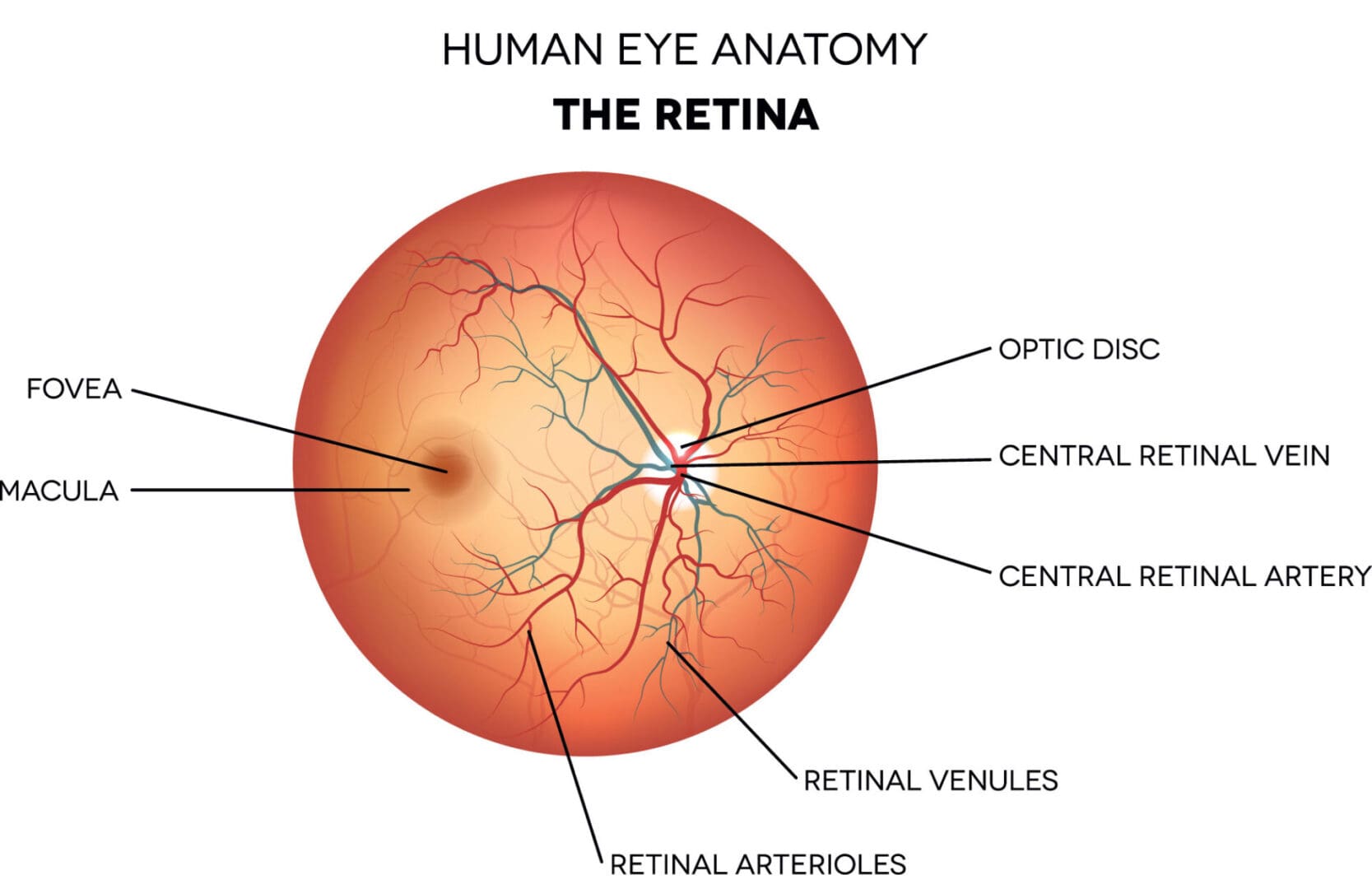
OUR SPECIALTIES
State-of-the-Art Retinal Care that's Focused on You
Your eye is like a camera and the retina is the film of your eye. The retina is connected to your brain via the optic nerve. It is the most metabolically active tissue in your body. It is highly vascular (has many blood vessels running through it) so it is affected by diseases of the blood vessels such as diabetes, high cholesterol and high blood pressure. The macula is the center of your retina where all your central vision is and what you use to read or see fine detail.
The most common problem in the macula in people older than 55 years of age is age-related macular degeneration. We are using the latest techniques to stabilize the macula and treat the macula for this disease and other diseases such as diabetes, inherited maculopathy, swelling of the macula such as central serous choroidopathy, histoplasmosis, myopic maculopathy, macular holes, and macular pucker / epiretinal membranes.
Glaucoma is a usually painless and slowly progressive disease that damages the eye’s optic nerve. The optic nerve is connected to the retina — a layer of light-sensitive tissue lining the back of the eye — and is made up of many nerve fibers, like an electric cable is made up of many wires. It is the optic nerve that sends signals from your retina to your brain, where these signals are interpreted as the images you see. Early diagnosis and treatment is crucial to save the eye from permanent vision loss. We have the latest technology to scan the optic nerve and surrounding nerve tissue to monitor for any damage due to glaucoma. By detecting problems early, we can treat them earlier to prevent vision loss.
Dry eye is a disease where the eye’s tear film covering the surface is not functioning properly. Treatments are available to increase the tears, make them more natural and restore their normal balance of ingredients that can be altered by disease and age.
We use laser surgery to treat numerous conditions such as diabetes, retinal tears, retinal detachments, retinal vein occlusions, glaucoma, macular degeneration, choroidal neovascularization, lattice degeneration, retinal holes and retinal neovascularization.
Diabetic retinopathy usually affects both eyes. People who have diabetic retinopathy often don’t notice changes in their vision in the disease’s early stages. But as it progresses, diabetic retinopathy usually causes vision loss that in many cases cannot be reversed. Early detection and treatment is crucial. We have special training to examine and deal with the retinopathy and special equipment to diagnose and treat it.
The vitreous is the clear gel-like substance that fills the inside of the eye. Floaters are actually tiny clumps of cells or material inside the vitreous. When the vitreous gel pulls on the retina, you may see what look like flashing lights or lightning streaks. These are called “flashes”. You may have experienced this same sensation if you have ever been hit in the eye and seen “stars.” The flashes of light can appear off and on for several weeks or months. These could be a symptom of a retinal tear that could cause a retinal detachment. You should contact us to be examined if you have had an injury to your eyes or head, or if you have substantial nearsightedness and have:
- a sudden increase in size and number of floaters
- a sudden appearance of flashes
- a shadow or curtain appear in the periphery (side) of your field of vision
- a gray curtain moving across your field of vision
- a sudden decrease in your vision
More Information
Video Library
Patient Education
